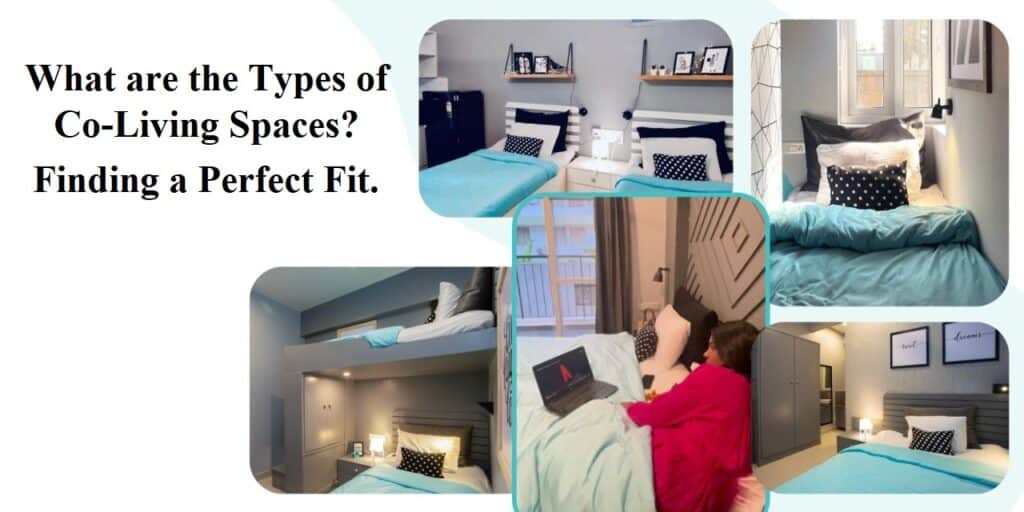Co-living has revolutionized modern living by offering a variety of flexible, community-oriented options. Whether you’re a digital nomad, a student, or a young professional, there’s a co-living arrangement that can suit your needs. In this blog, we’ll explore the different types of co-living spaces available, helping you find the perfect fit for your lifestyle.
- Co-Working Spaces are designed specifically for working professionals, offering amenities that cater to remote work and networking opportunities.Key features include:
- Workspaces: Equipped with dedicated office areas, meeting rooms, and high-speed internet.
- Networking Events: Regular workshops, seminars, and social events that foster professional connections.
- Community Focus: Aimed at creating a collaborative environment among like-minded individuals.
Usually Remote workers, freelancers, and entrepreneurs look for a conducive work-life balance.
- Co-Living Spaces cater to college and university students, providing affordable housing in a communal environment.Key Features include:
- Affordability: Lower rental costs with flexible lease terms that align with academic calendars.
- Shared Amenities: Common areas such as study lounges, kitchens, and recreational spaces.
- Social Activities: Organizes events like game nights and study groups to encourage interaction.
- Micro Apartments are typically defined as residential units that range from 150 to 400 square feet. They often feature clever design elements that optimize space. Micro apartments are redefining urban living by offering a practical and affordable solution to space constraints. With their emphasis on sustainability, community, and efficient design, they appeal to a diverse range of residents.Key Features include:
- Multi-functional Furniture: Foldable tables, murphy beds, and built-in storage solutions.
- Open Layouts: An open floor plan that combines living, sleeping, and cooking areas.
Smart Technology: Integrated tech for controlling lighting, heating, and security, enhancing convenience
- . Shared Housing involves multiple individuals or families living together in a single residence, typically sharing common areas such as kitchens, living rooms, and bathrooms. Each person usually has their own private space, whether it’s a bedroom or a small suite, while enjoying the benefits of communal living.Some advantages to shared housing include Affordability, Community building, Social Interaction, Shared responsibilities and Shared Resources.
As more people seek connection in an increasingly disconnected world, shared housing presents an appealing solution that balances personal space with social interaction.
- . Traditional Apartment typically refers to a self-contained residential unit within a larger building or complex. These units vary in size, layout, and style, but they generally include:
- Private Bedrooms: One or more separate bedrooms.
- Living Areas: A designated space for relaxation and entertainment.
- Kitchen: A fully-equipped kitchen for cooking and dining.
- Bathroom(s): Private or shared bathrooms, depending on the layout.
Traditional apartments provide a familiar living arrangement that many still find appealing, Offering a blend of comfort, space, and stability. Some benefits of Traditional Apartments include- Space and comfort, stability, Privacy, Established Amenities and Community.
Conclusion:
As urban environments evolve, so do the ways we choose to live and work. Each housing option—Co-working spaces, Co-living spaces, Micro apartments, Traditional apartments, and shared housing—offers distinct advantages that cater to different lifestyles, preferences, and budgets.
The best choice depends on your personal needs, lifestyle, and goals. As you explore these diverse living arrangements, consider what aspects are most important to you—be it community, affordability, space, or flexibility. Each option has the potential to enrich your life in unique ways, making modern living an exciting and varied landscape.

